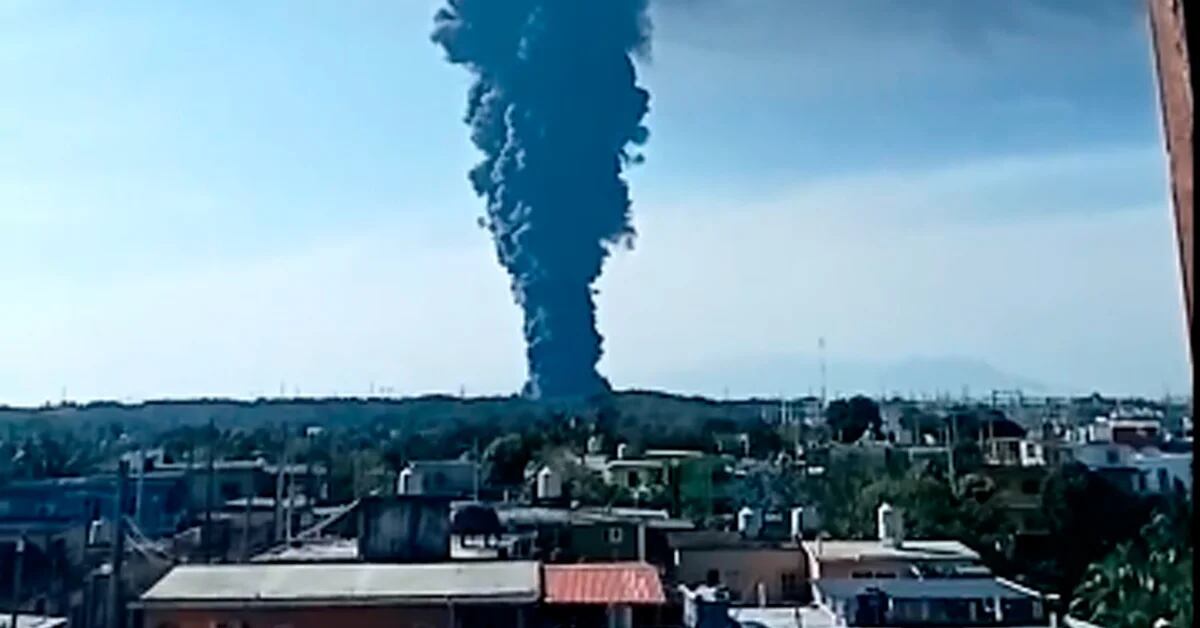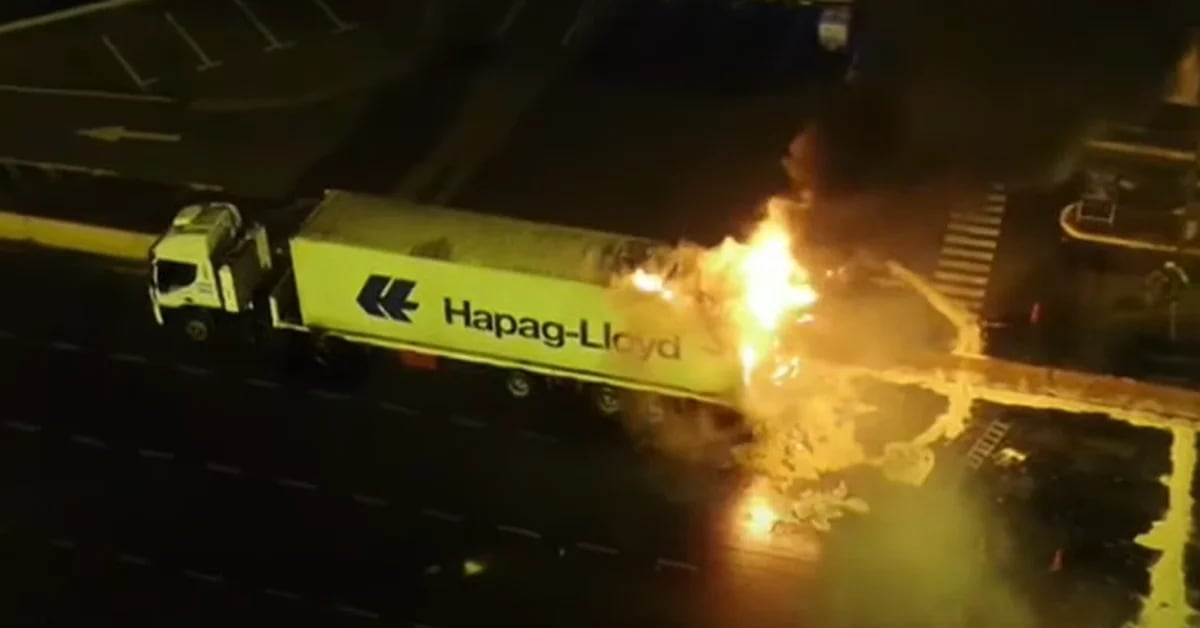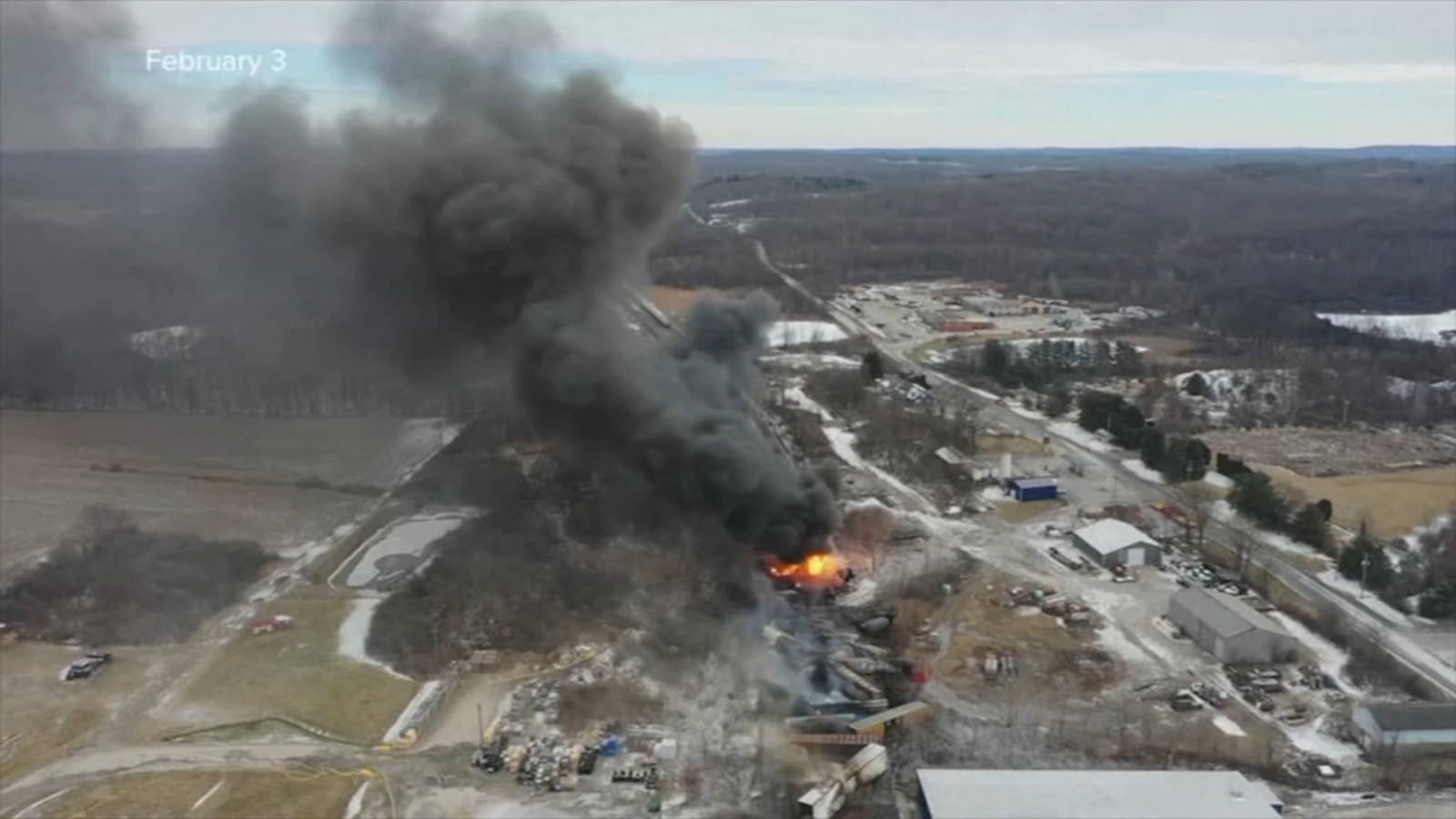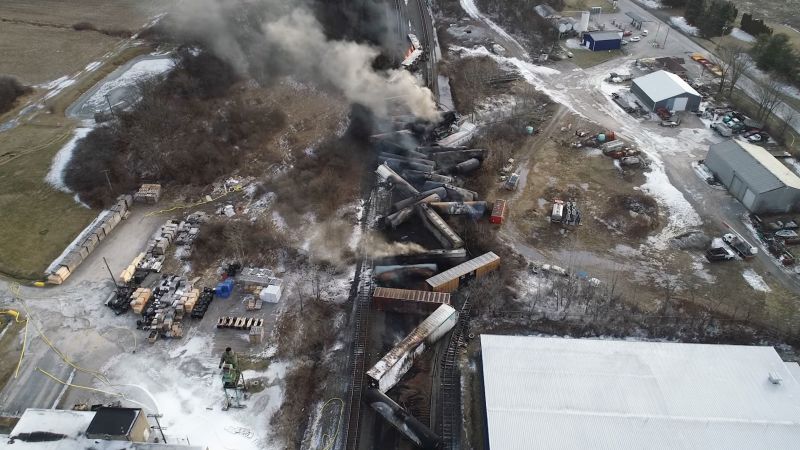5 killed in Arkansas plane crash while en route to scene of a fatal explosion at Ohio factory
Too suspicious!!!!....
Five people who worked for an environmental response consulting firm were killed in a plane crash Wednesday in Little Rock, Arkansas, while on their way to a metal factory explosion site in Ohio, officials said.
The plane was carrying employees of the Center for Toxicology and Environmental Health when it took off from Bill and Hillary Clinton National Airport in Little Rock around noon Wednesday, according to the firm and the Federal Aviation Administration...
CTEH is a consulting firm that provides responsive services, including environmental data collection and management, incident management, industrial hygiene, safety, toxicology and human health consulting for public and private sectors, the company said.
Too suspicious!!!!....








